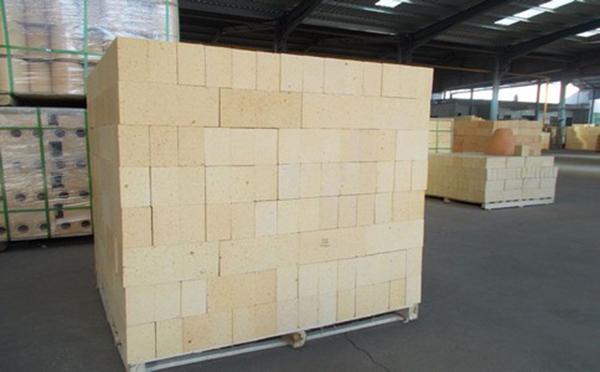High refractoriness: The heating temperatures in modern metallurgical and industrial kilns typically range from 1000 to 1800°C. Shaped refractory bricks should have the ability to resist dissolution under these harsh conditions.
Thermal structural strength: Shaped refractory bricks should not only have a high dissolution temperature but also maintain their shape and resist softening deformation and collapse when subjected to the load of furnace walls or other mechanical stresses.
Thermal stability: Due to temperature fluctuations during the operation of metallurgical and industrial kilns, shaped refractory bricks can experience uneven temperature distribution, leading to stress and potential cracking and spalling within the brickwork. Therefore, shaped refractory bricks need to possess the ability to withstand such damage.
Slag resistance: Shaped refractory bricks are often exposed to chemical attacks from hot slag, metals, and furnace dust during their usage. Hence, shaped refractory bricks must be resistant to such corrosive attacks.
Volume stability at high temperatures: Shaped refractory bricks can undergo volume contraction or expansion during long-term exposure to high temperatures, which can lead to damage to the brickwork. Therefore, it is essential for shaped refractory bricks to maintain volume stability under thermal conditions.
Uniform and minimal brickwork joints: Although the gaps between shaped refractory bricks are filled with refractory mortar, the density and strength of these mortar joints are typically lower than that of the bricks. This makes the joints vulnerable to gas leakage and damage during drying and firing processes. Therefore, minimizing the size of the joints is desirable. Achieving this requires correctly sized and shaped refractory bricks without distortions, missing edges or corners, cavities, or cracks, meeting the specified dimensional requirements.

